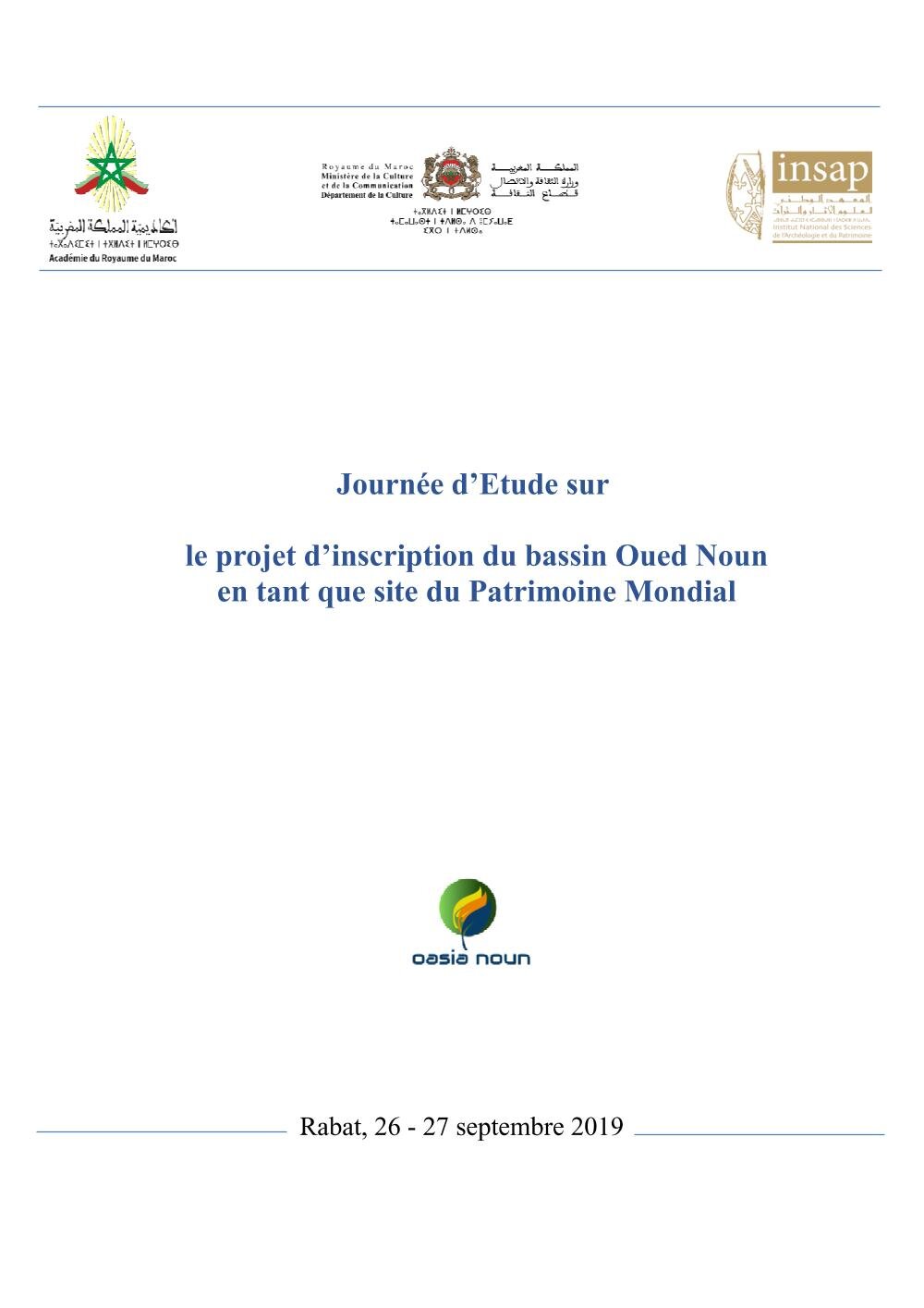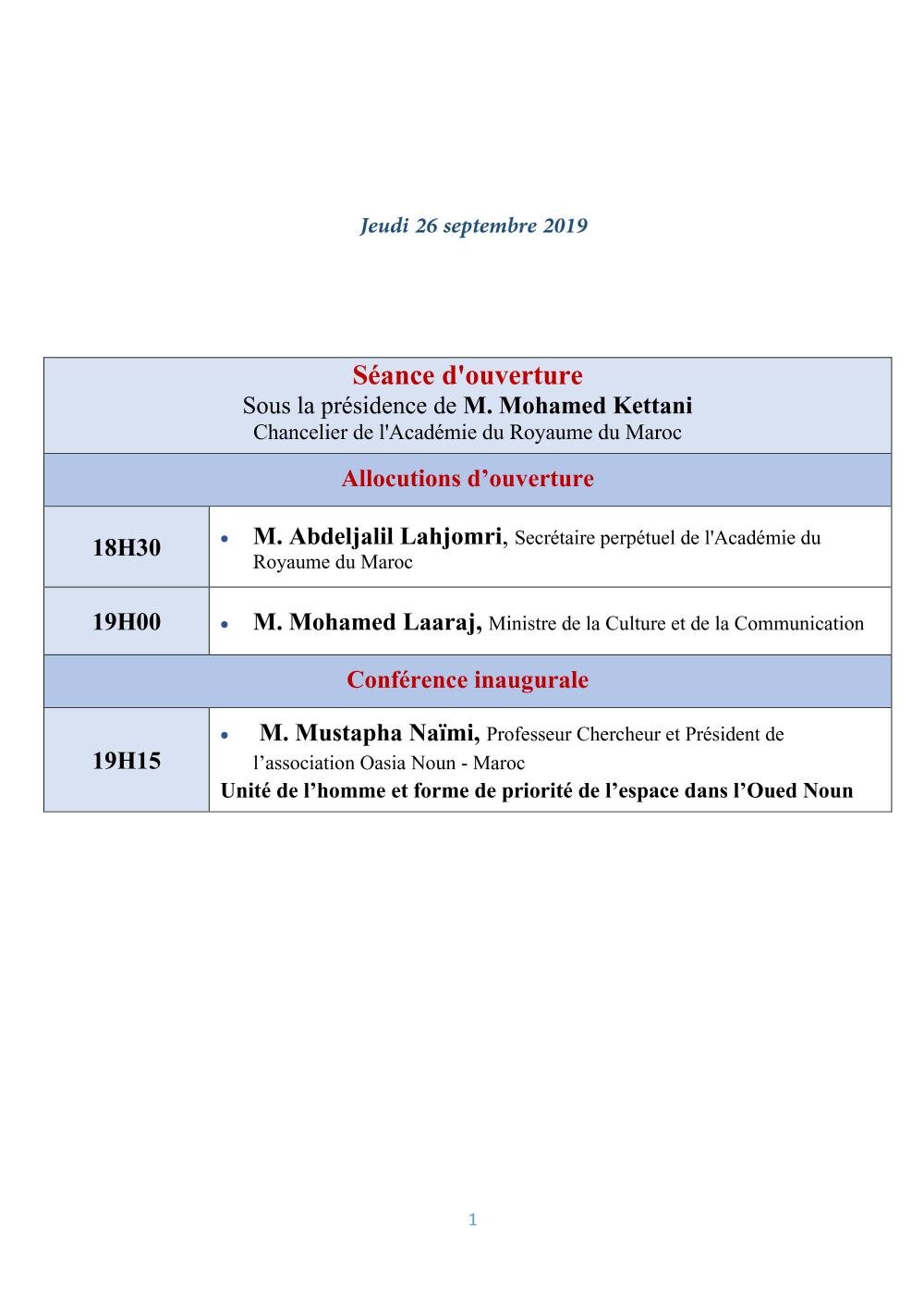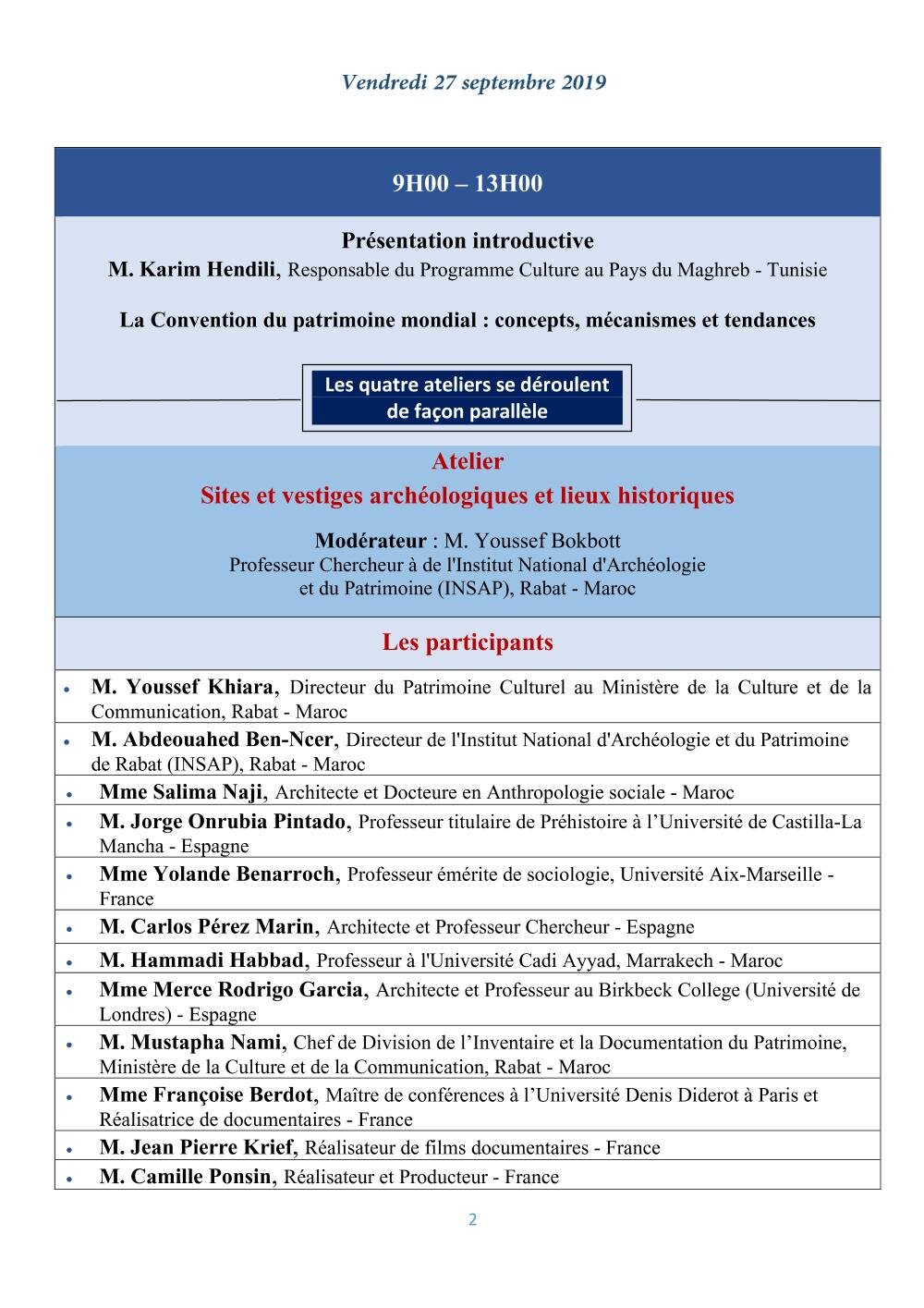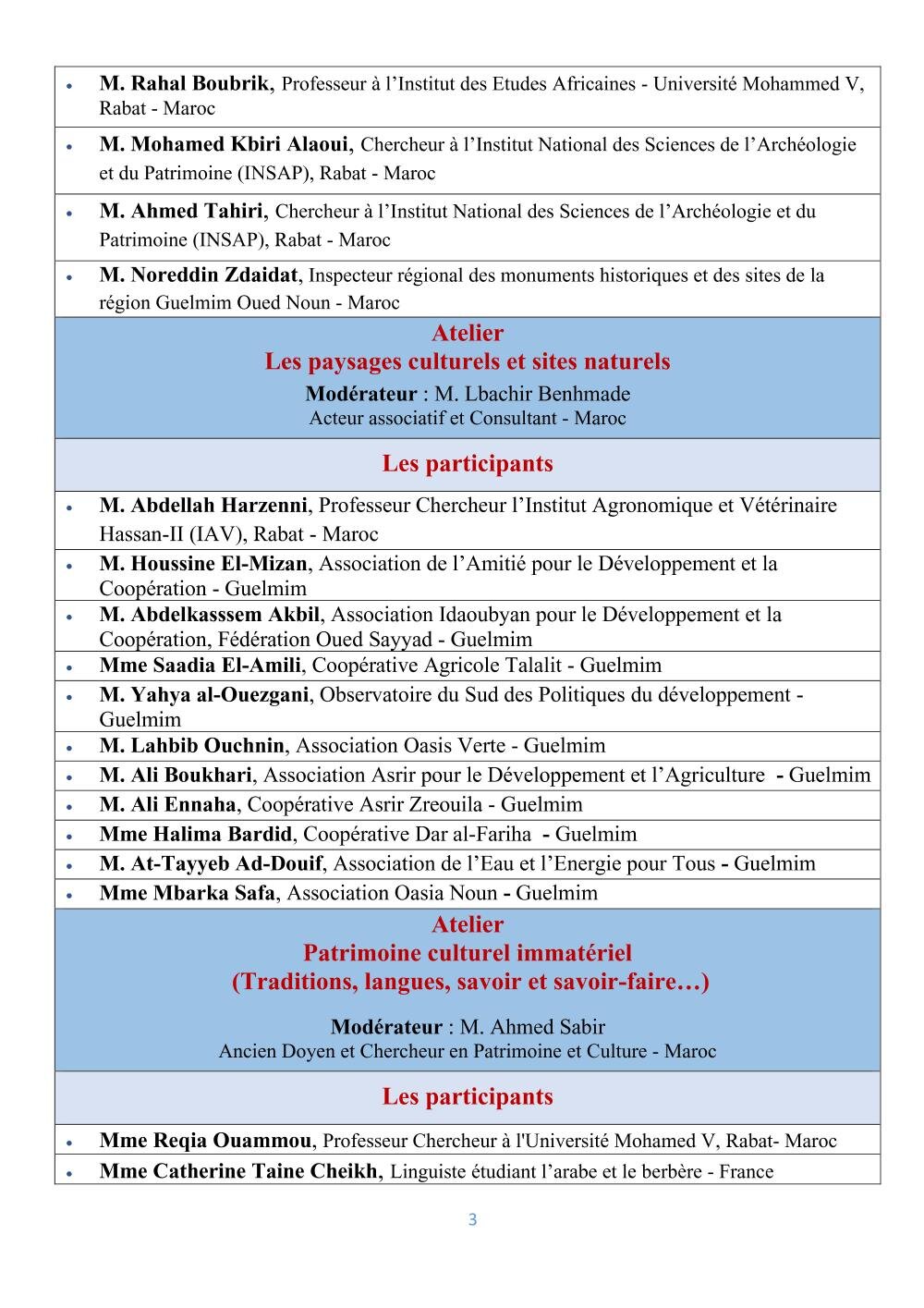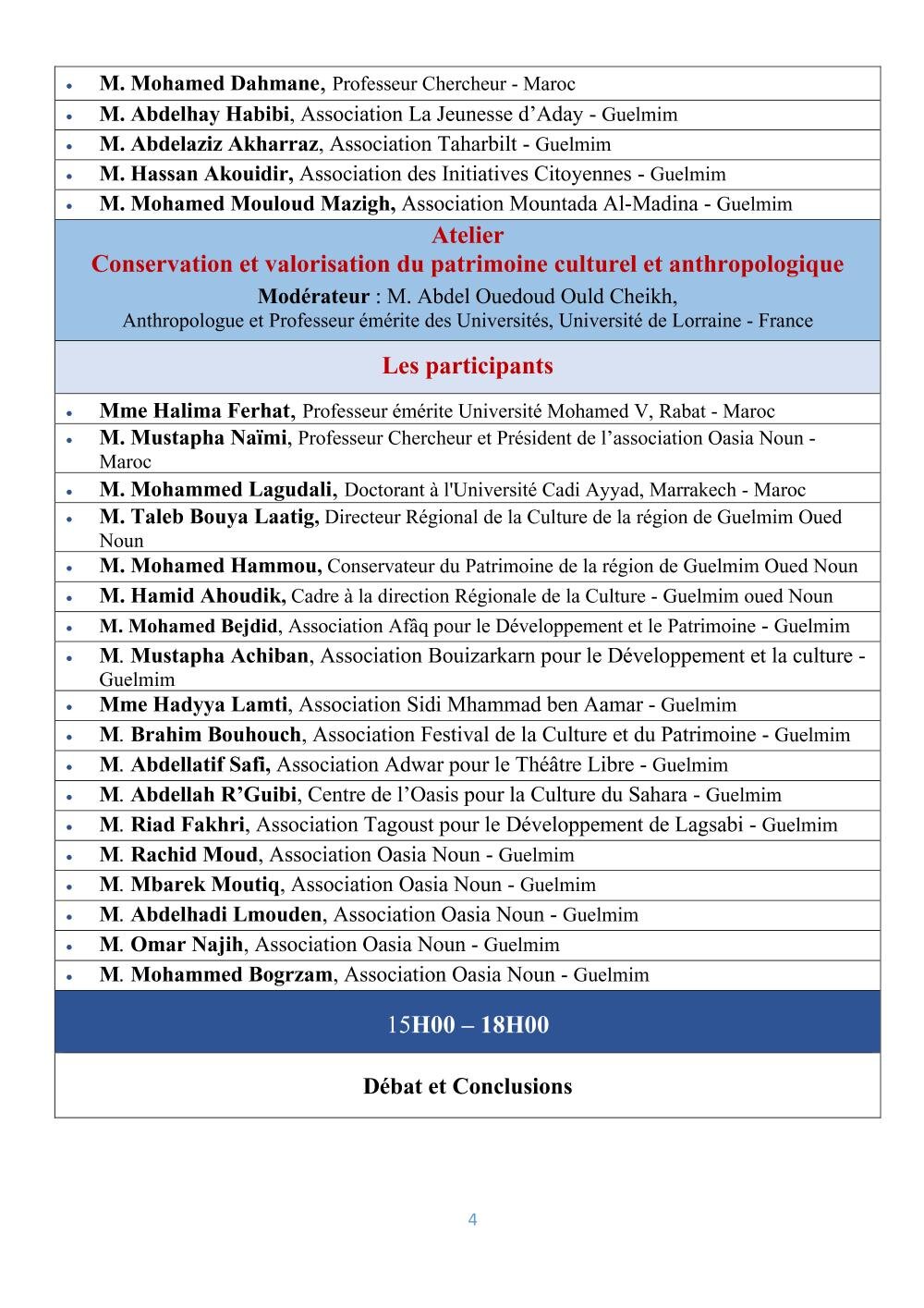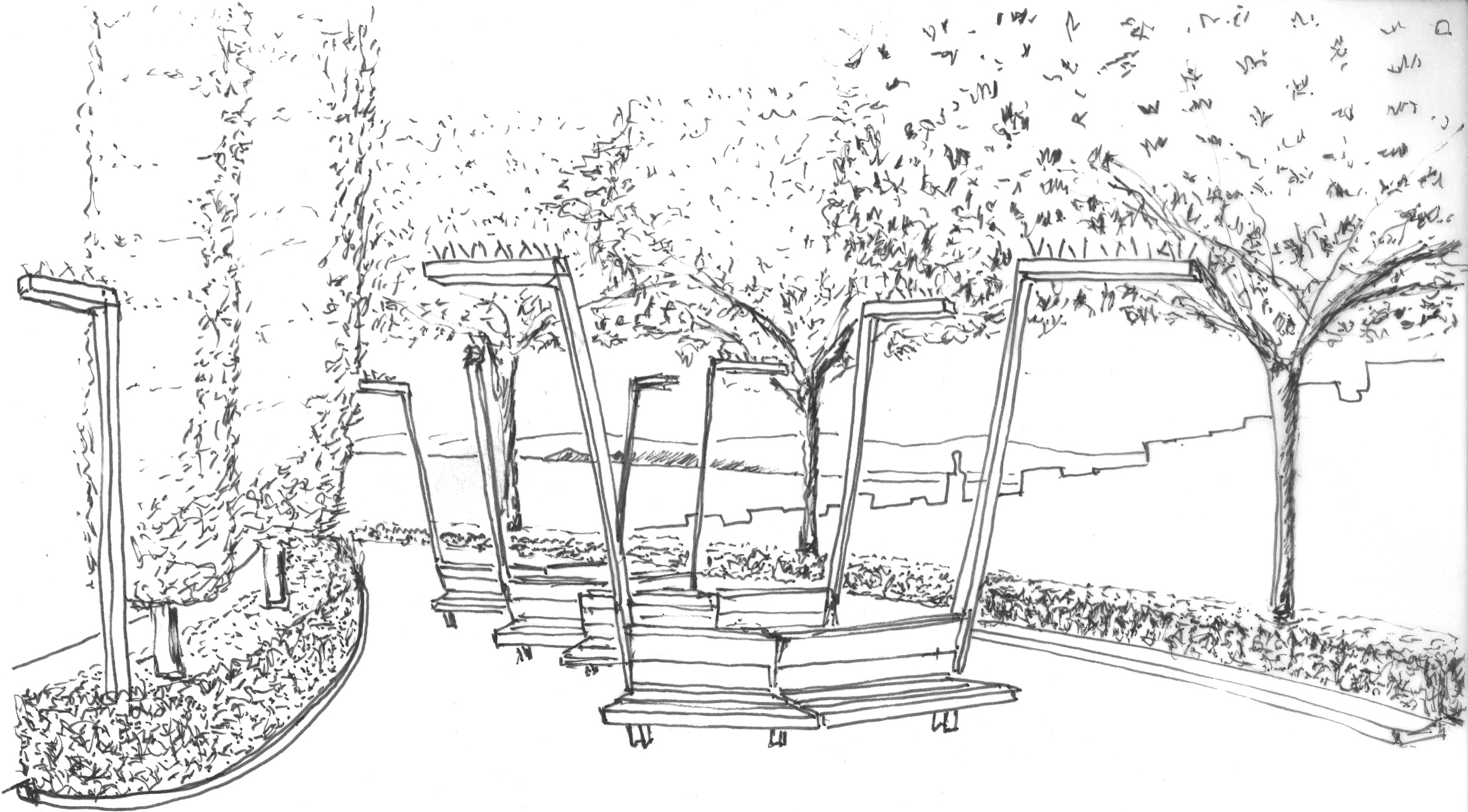Mañana 19 de diciembre a las 19:30 en la Biblioteca Publica de Ceutahablaremos del futuro de Ceuta, con Adolfo Hernández Lafuente y José María Campos Martínez, en un evento organizado por el Instituto De Estudios Ceutíes y que podrá verse en directo por el Facebook de la Biblioteca Publica de Ceuta.
Para poder planificar una ciudad como Ceuta es necesario entender el contexto histórico, geográfico, político y económico, de Ceuta y de su entorno. La evolución regional requiere un dinamismo del que hemos carecido en los últimos 20 años, pero también nos ofrece unas oportunidades que antes nos parecían inimaginables, aprovechémoslas, osemos en la búsqueda de soluciones, recuperemos nuestra identidad e innovemos otra vez, aunque para ello tengamos que "reiniciar" las instituciones (y las mentalidades).




